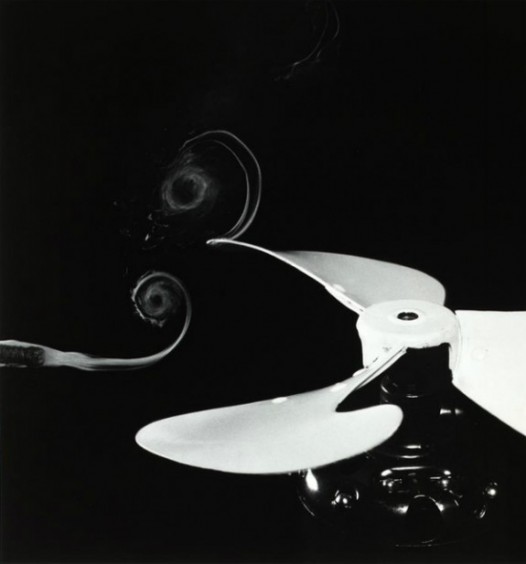The following article is from the literary news site, Press Street: Room 220. The original article can be found here.

Carolyn Hembree will read live as part of the launch for her new book, Skinny, at 7 p.m. on Thursday, September 13 at Lipstick & Lingerie Boutique in Arabi (7011 St. Claude Ave., entrance on Friscoville Avenue).
I associate Carolyn Hembree with the words “fever ribbons.” It’s a phrase I remember from seeing her read at the Contemporary Arts Center years ago. The words are from her poem “Pig,” which is included in her recently released book, Skinny. “Fever ribbons” stuck with me all this time for many reasons: It not only recalls for me her actual reading of the poem (hearing a poet read their work is always transformative—hearing Hembree’s poems read aloud is an essential means of engagement), but it also just sounds so fucking good. As a young writer, hearing diction marry imagery so wonderfully inspired me—I want to be writing like that.
Reading Skinny was a raw, sensory experience. This energetic collection of poems delivers lines like: “Mamie’s trash burning / onto dead bird peach can juice slow as hot lye” (from “Skinny’s Nativity and a Bird’s Quietus”) and “muscadine vine wind round / a hand biddin’ sailors / hither or thither, bienvenue sailor / moonin’ o’er this one / or that, water gush with pennies” (from “Skinny Versifies on the Mother in Midfall”). The rhythmic progression of Hembree’s inverted syntax invigorates the narrative and propels the reader head first into protagonist Skinny’s Odyssean journey from life in the South to New York City. Skinny encounters a swarm of sinister personalities during her coming-of-age voyage, which is saturated with nostalgia and familial relations. Hembree utilizes a myriad of free verse forms along the way, from odes to elegies, ekphrastic pieces, monologues, and even a word problem. Her writing’s versatility is remarkable in this collection—it’s nearly a wonder that this is her first published volume, but it makes sense if you know that she has been working on it for a very long time.
When she was only 3 years old, Hembree dictated her first book to her late father, a foreign language professor. It wasn’t until much later—in 1998, on a train ride from Amherst, Massachusetts, to New York—that she decided she would study poetry. She had just visited the birthplace and gravesite of Emily Dickinson, who has remained Hembree’s favorite poet. When I mentioned Dickinson’s possible influence on her work, specifically the poems in Skinny, Hembree explained the connection: “My inheritance from her feels more psychic than anything—her primary subject matter being death, her relationship with her parents, her use of male personae, her dogged revisions to single poems, sometimes over a period of years.”
At the University of Arizona, Hembree voraciously read John Berryman, Frank Bidart and C.D. Wright. These poets’ influence—especially Berryman’s—is evident in the characters in Skinny. Bird, Mamie, Old Sweetheart, and Skinny, among others, serve as points of departure into the visceral underbelly of the speaker’s narrative. It was in Arizona, studying under the late Steve Orlen, that Hembree was able to realize a poetic voice that utilized syntax and language that was unique to her experience. As someone who had spent much time acting, this idea of voice was no strange concept for Hembree. “There was room that I had not considered in poetry—my poetry—forhigh and low diction, the regionalisms of the Deep South, even the idiolect of my particular family,” she said. Her employment of diction yields a dizzying, dreamlike conversation linking stories to histories, envisioned by voices lodged within a speaker.
After graduating, Hembree and her husband moved to New Orleans, where she spent the next decade or so working on the manuscript that would become Skinny. Hembree, who focuses her energy on book projects rather than individual poems, first learned the art of revision at a young age through collaboration with her father, “word for word, phrase by phrase, sentence by sentence.” That tedious editorial process is crucial to Hembree’s dichotomous existence as a published writing professional. To survive, the artist in her is “hermetic and useless” without the editor’s critical eye polishing and promoting the work. “I don’t know if poems are ever done,” Hembree said, “but I think there may be a danger for this artist in seeing them as such. I guess that I agree with Ellen Bryant Voigt: ‘It’s a draft until you die.’”
 NOLAbeings Multimedia artist Claire Bangser created NOLAbeings as a portrait-based story project that marries...
NOLAbeings Multimedia artist Claire Bangser created NOLAbeings as a portrait-based story project that marries...  Voodoo in New Orleans: Reviving history: New Orleans fortune telling This article takes a deep dive into the history of Voodoo in New Orleans, its hybridization with Catholicism, and its present-day place in the city's culture. The author visits fortune-tellers in the French Quarter, using their guidance as a tool for introspection rather than a deterministic predictor of the future. Through her experiences in New Orleans, the author feels a mystical connection to both the past and the future.
Voodoo in New Orleans: Reviving history: New Orleans fortune telling This article takes a deep dive into the history of Voodoo in New Orleans, its hybridization with Catholicism, and its present-day place in the city's culture. The author visits fortune-tellers in the French Quarter, using their guidance as a tool for introspection rather than a deterministic predictor of the future. Through her experiences in New Orleans, the author feels a mystical connection to both the past and the future. 